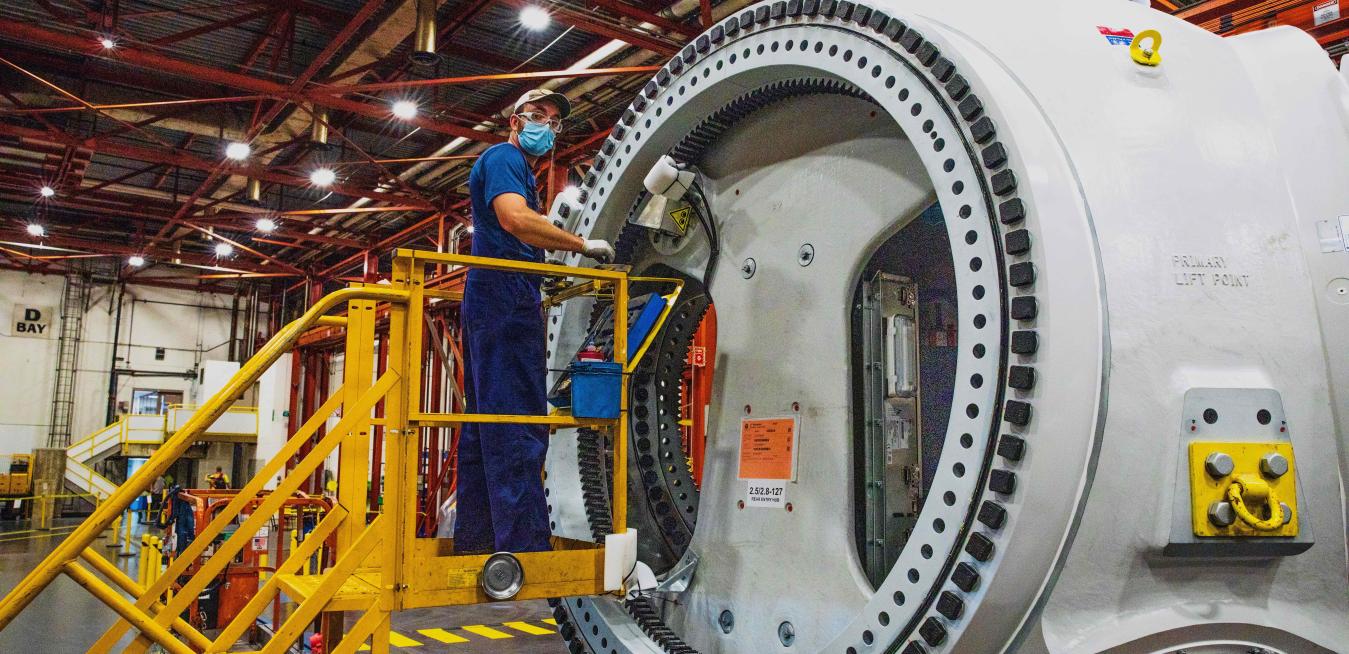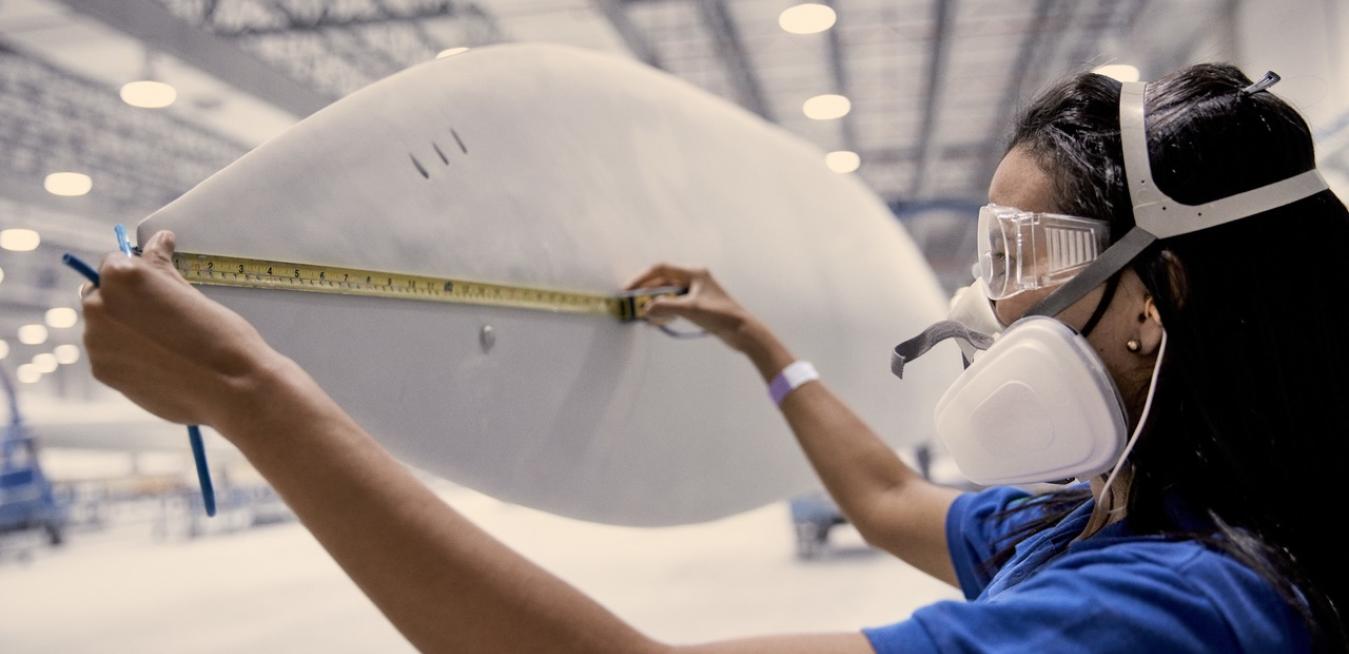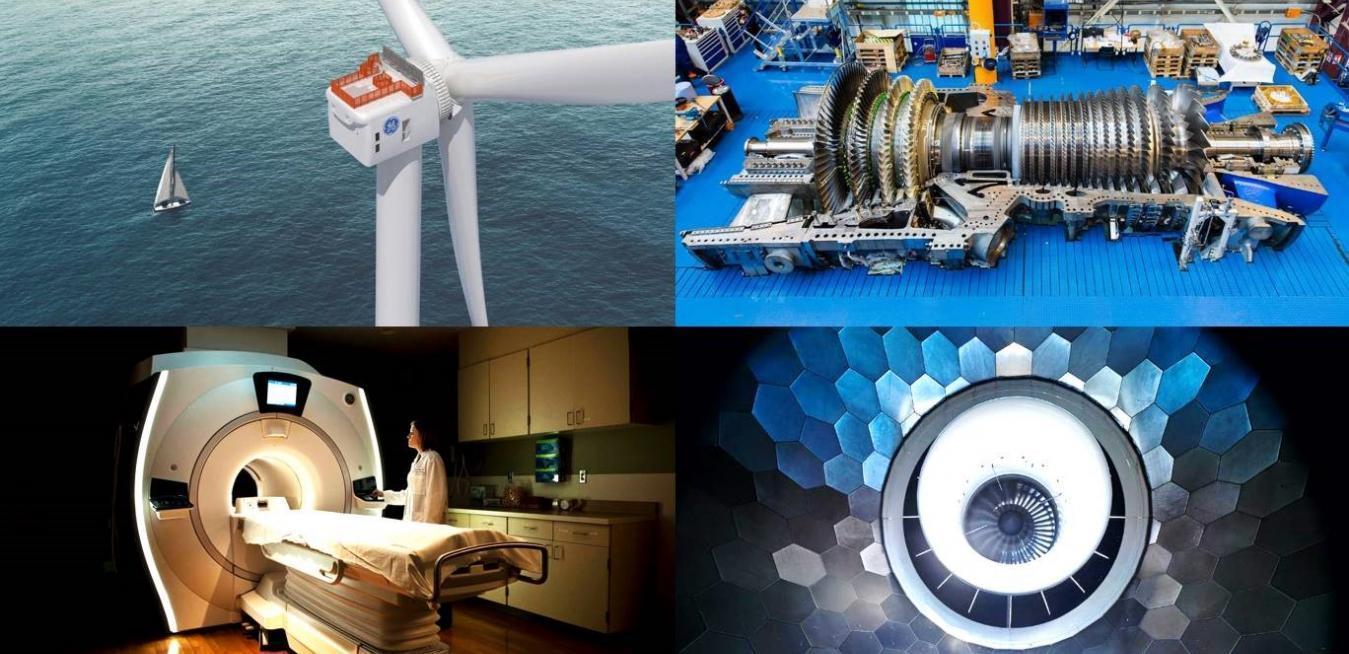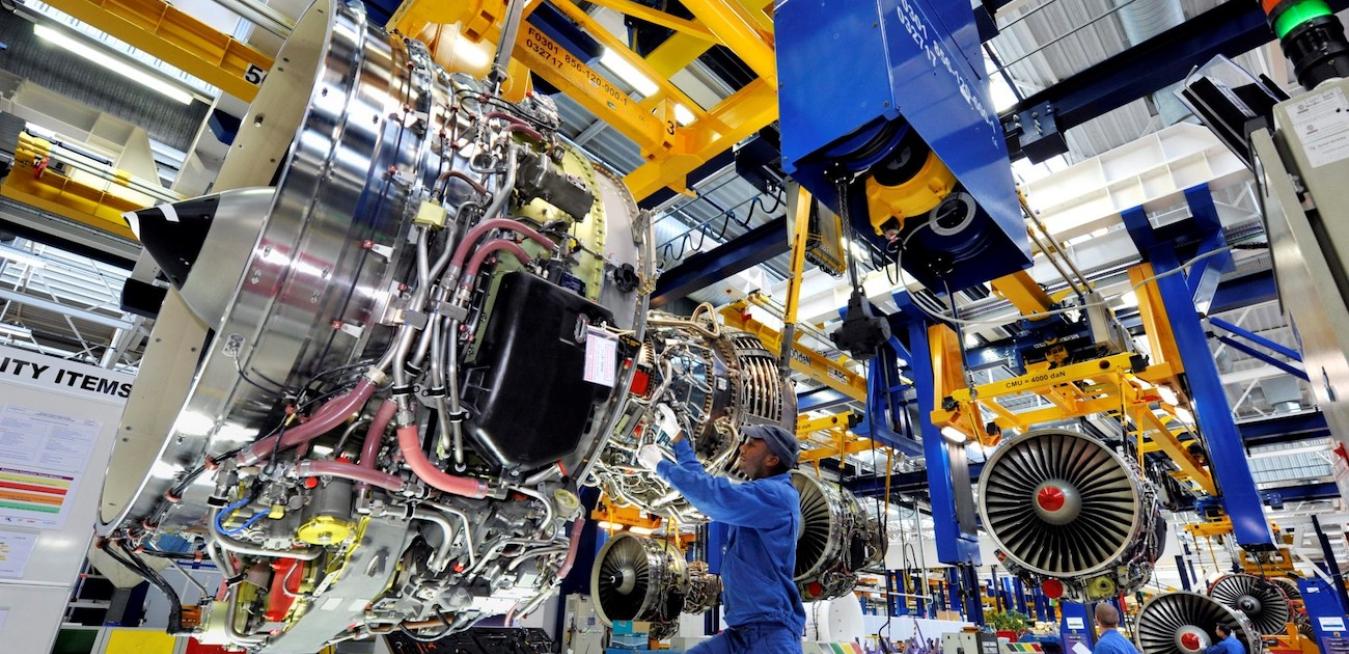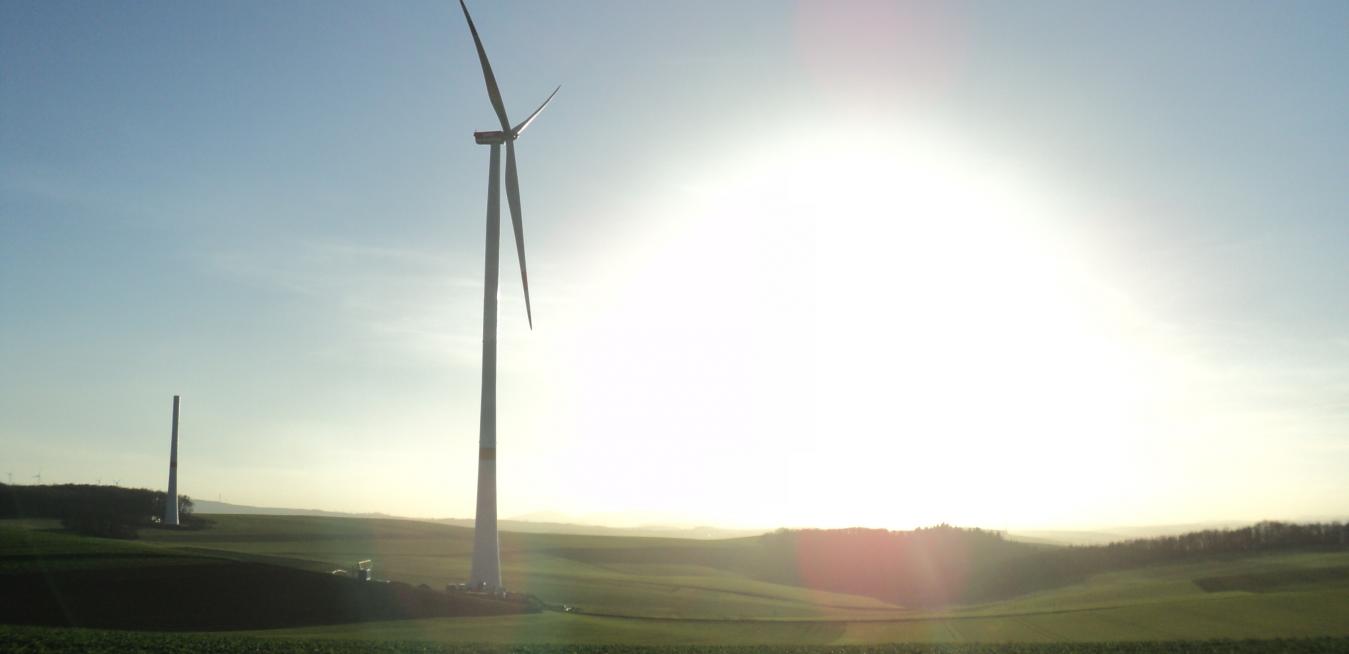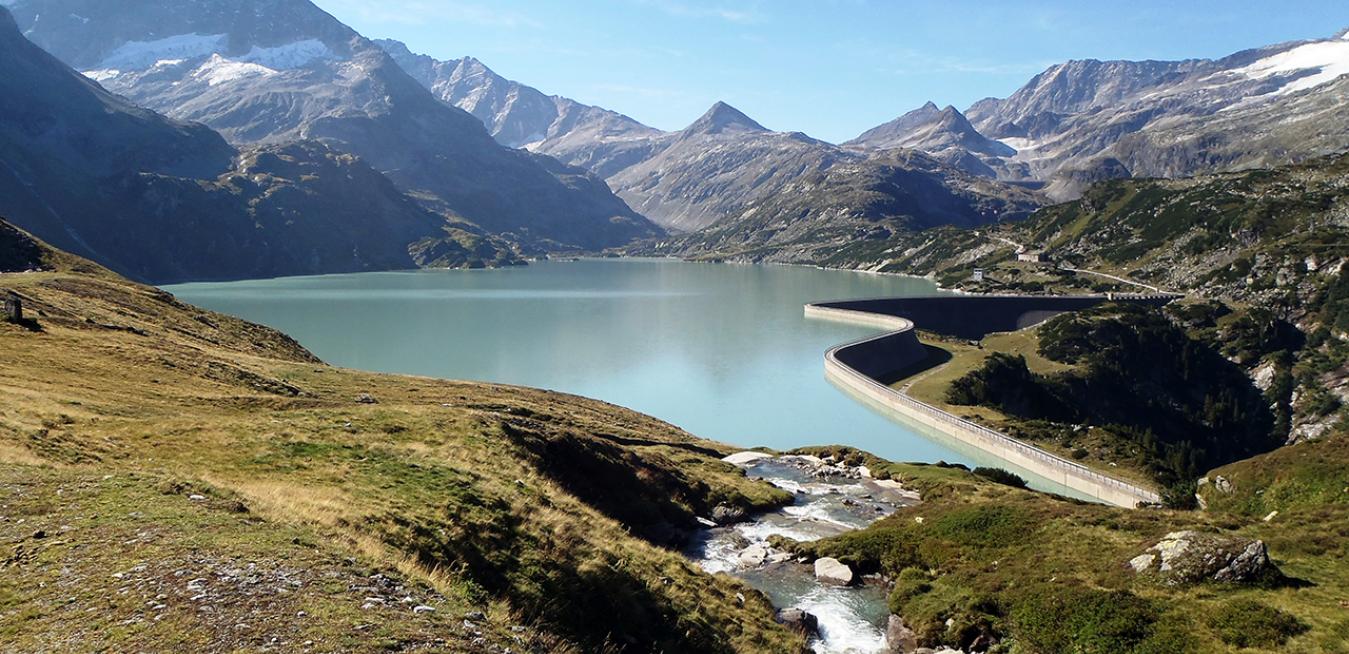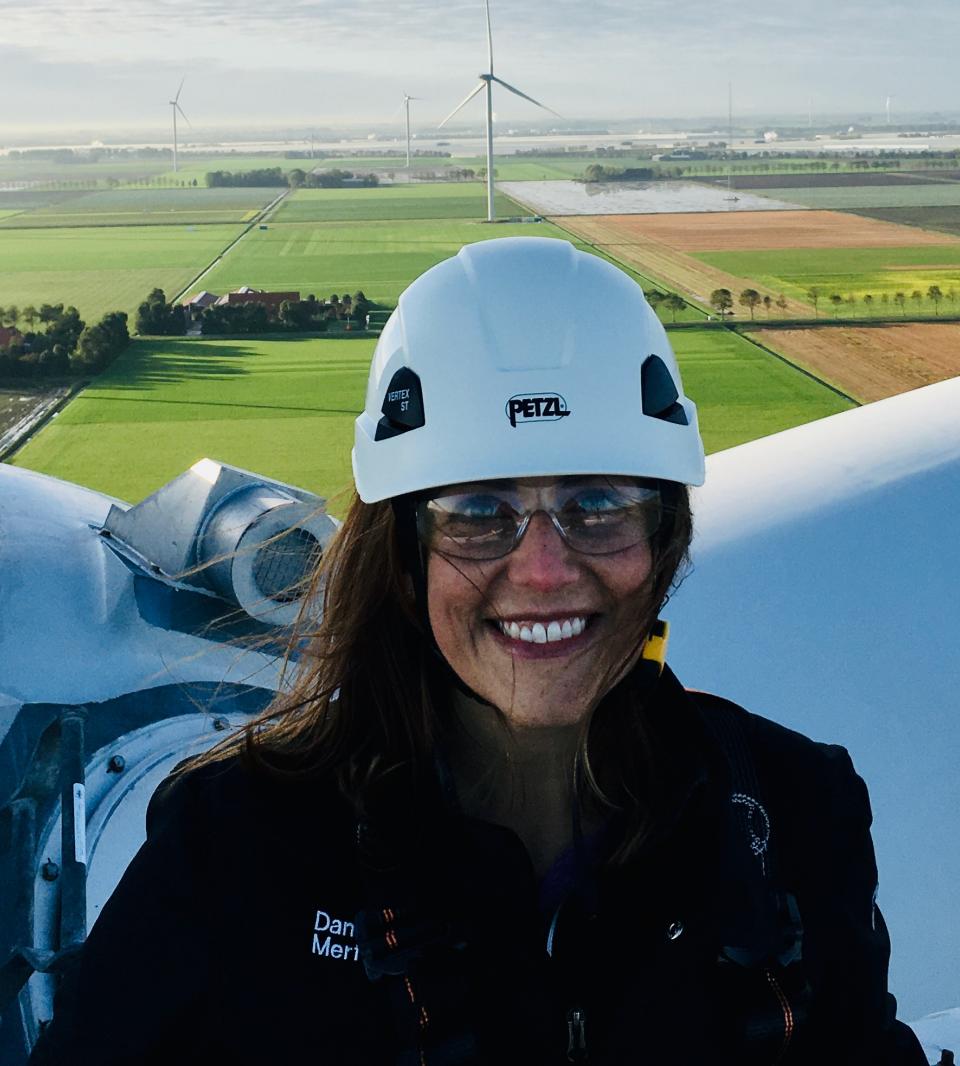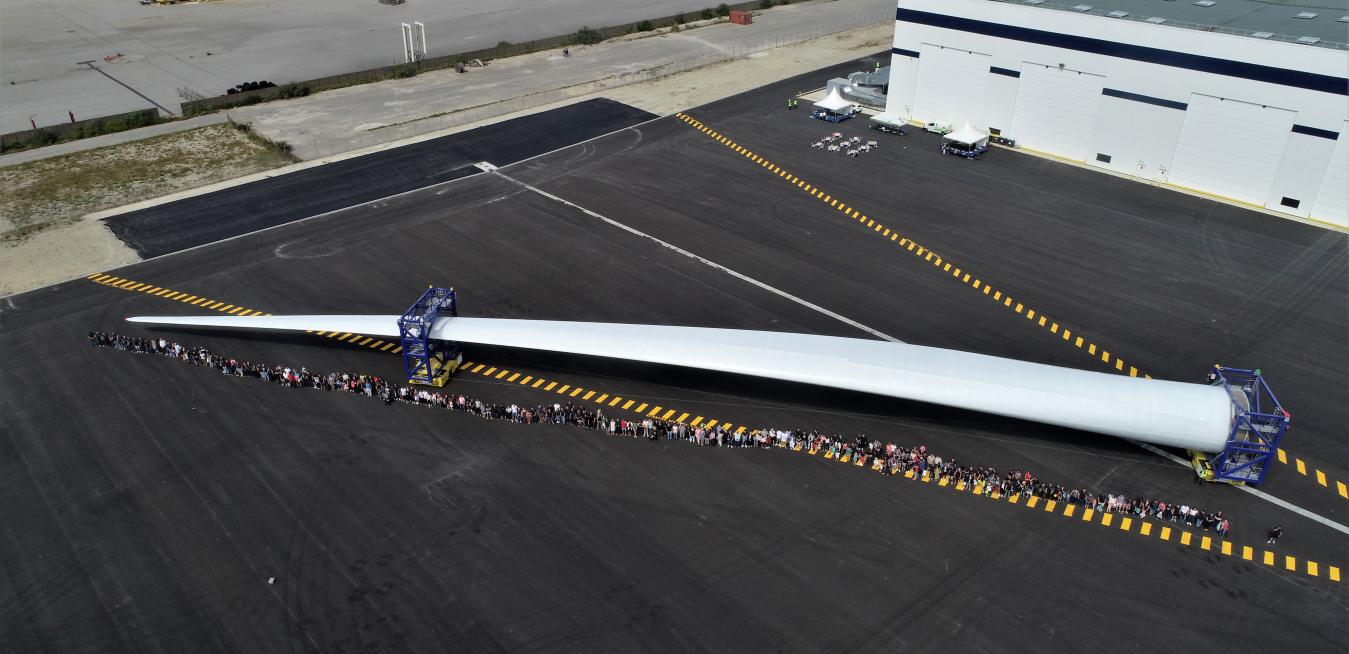Wind power is a fast-growing source of renewable energy, but that doesn’t mean the industry isn’t trying to lower its carbon footprint. One way to do it involves recycling wind turbine blades.
Workers at GE Renewable Energy’s plant in Pensacola, Florida, have a reason to feel good about their work. They make some of the most popular onshore wind turbines on the planet. The GE unit’s 2-megawatt (MW) onshore wind turbines reached a mind-blowing milestone in 2020 — a combined 20 gigawatts of installed capacity in 23 U.S. states and 10 countries. That’s enough to power the equivalent of 12.9 million homes around the world.
Wind energy is a powerful tool for shrinking the world’s carbon footprint. Making the machines that convert wind into clean power, however, comes with its own footprint, as is true of any manufacturing industry.
Take the 13 global factories run by LM Wind Power, the GE Renewable Energy subsidiary. Among the blades they manufacture are wind turbine blades up to 107 meters in length for GE Renewable Energy’s Haliade-X offshore wind turbines. Just one turn of the turbine can generate enough energy to supply the equivalent of one U.K. home for two days.
Earlier this week, GE announced a “defining moment” in its history, a plan to form three global public companies, each a leader in its industry, focused on aviation, healthcare and energy.
Wind power is a fast-growing source of renewable energy, but that doesn’t mean the industry isn’t trying to lower its carbon footprint. One way involves purging emissions from the wind turbine’s entire life cycle, whether that’s raw material sourcing, manufacturing processes or the transportation of the components to the wind farm.
Austria might be landlocked, but it has a special relationship with mountains and water. It is home to emerald-green alpine lakes fed by majestic Tyrolean glaciers, and the river that inspired that immortal waltz: “The Blue Danube.” Water was also Austria’s lifeblood ever since it started building hundreds of hydropower plants to propel the economy forward a century ago. It’s hardly a surprise that the country has even had an affectionate nickname for water: They called it “white coal.”
GE’s Haliade-X offshore wind turbine was designed to evolve with the market, and evolve it has. The initial model produced 12 megawatts — and even at that level, a single rotation of the machine’s blades could generate enough power for one U.K. household for two days. But when GE Renewable Energy engineers tested a Haliade-X prototype, they found it could be optimized to produce 13 MW. Now an even more powerful version will be rated at 14 MW — and it’s that machine that’s just been selected for Dogger Bank C, the 1.2-gigawatt, third phase of the U.K.’s Dogger Bank wind farm.
One of the last business trips Danielle Merfeld took before the pandemic was to get an up-close look at the prototype for GE’s Haliade-X, the most powerful offshore wind turbine in operation, installed at the tip of the Port of Rotterdam in the Netherlands.
Thursday, April 22, marks the 51st Earth Day, and governments, companies, as well as ordinary people concerned about the planet’s climate are taking part in events celebrating the birth of the modern environmental movement.






